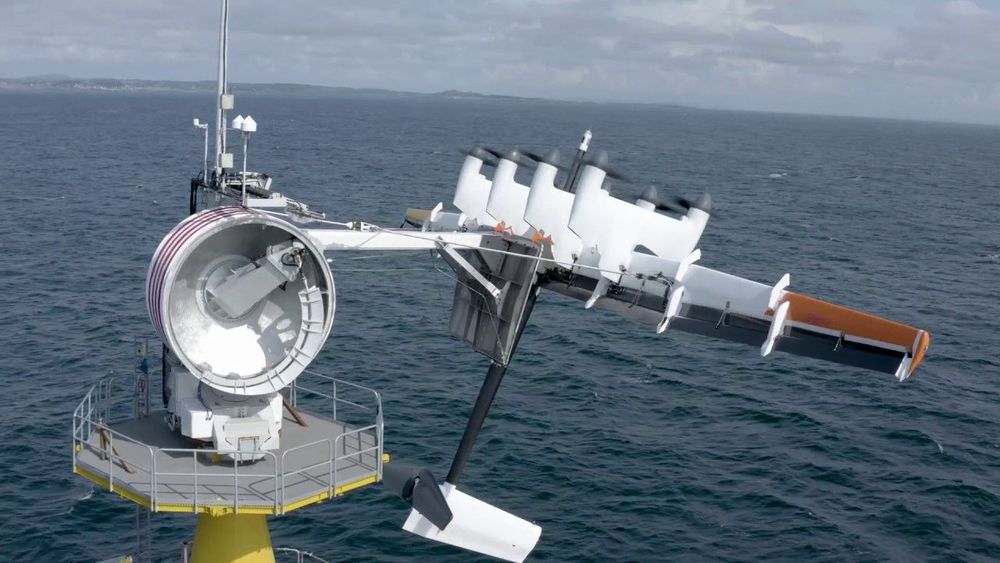The idea is simple: Send kites or tethered drones hundreds of meters up in the sky to generate electricity from the persistent winds aloft. With such technologies, it might even be possible to produce wind energy around the clock. However, the engineering required to realize this vision is still very much a work in progress.
Dozens of companies and researchers devoted to developing technologies that produce wind power while adrift high in the sky gathered at a conference in Glasgow, Scotland last week. They presented studies, experiments, field tests, and simulations describing the efficiency and cost-effectiveness of various technologies collectively described as airborne wind energy (AWE).
In August, Alameda, Calif.-based Makani Technologies ran demonstration flights of its airborne wind turbines—which the company calls energy kites—in the North Sea, some 10 kilometers off the coast of Norway. According to Makani CEO Fort Felker, the North Sea tests consisted of a launch and “landing” test for the flyer followed by a flight test, in which the kite stayed aloft for an hour in “robust crosswind(s).” The flights were the first offshore tests of the company’s kite-and-buoy setup. The company has, however, been conducting onshore flights of various incarnations of their energy kites in California and Hawaii.
